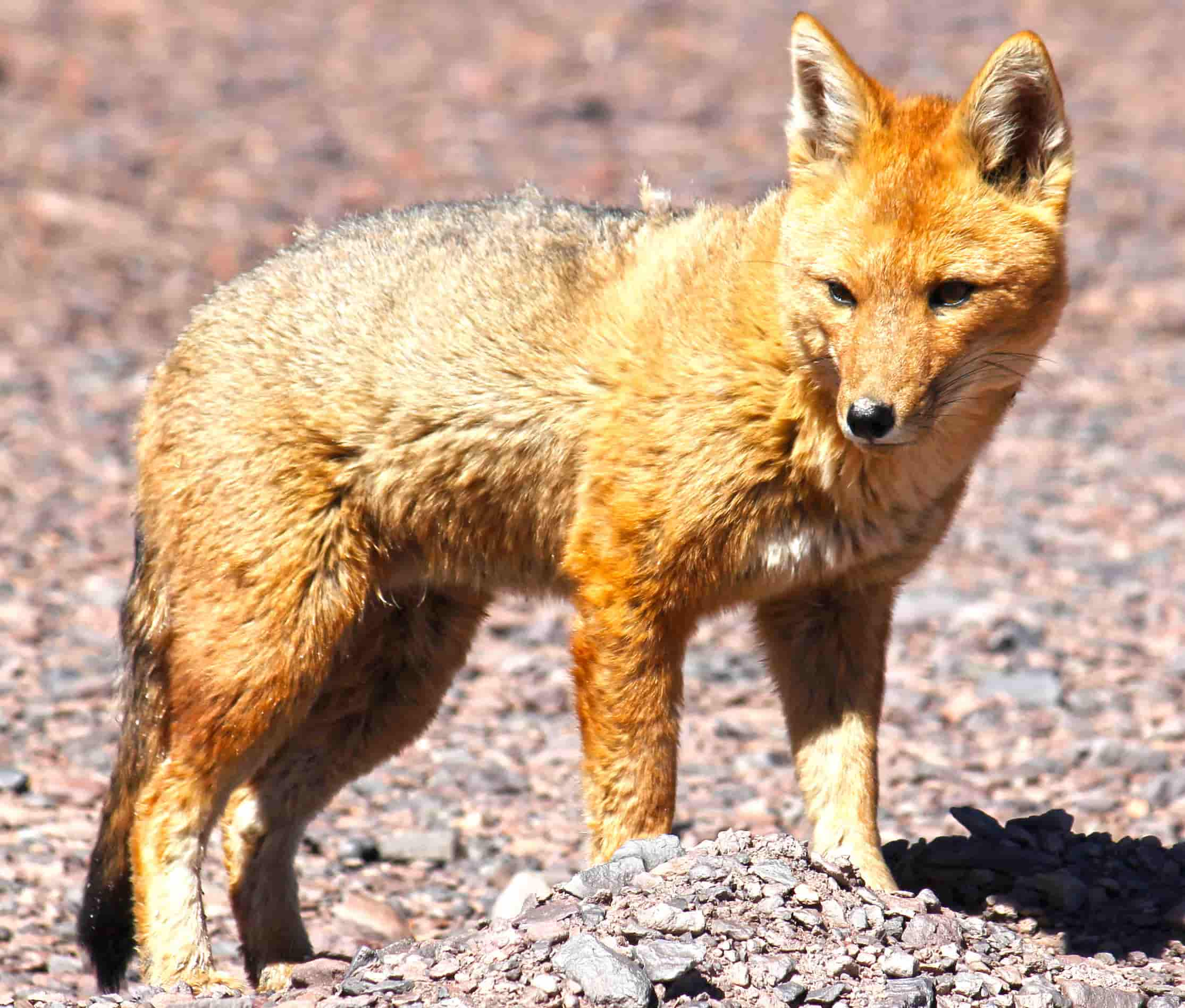Culpeo: An Andean Wolf or Jackal in the Skin of a Fox
The indigenous Selknam people of Tierra del Fuego, Argentina, tamed the culpeo, creating the only dog breed not descended from the gray wolf.

The indigenous Selknam people of Tierra del Fuego, Argentina, tamed the culpeo, creating the only dog breed not descended from the gray wolf.

